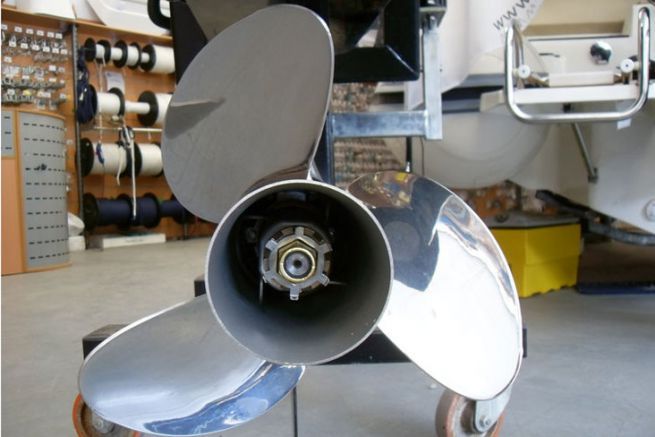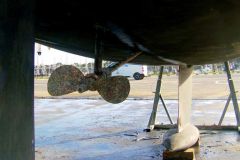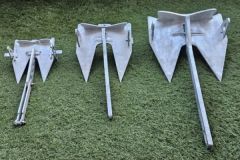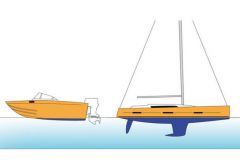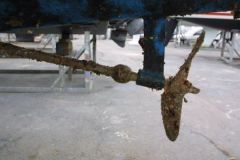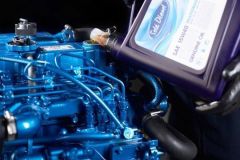If we take our example 10 1/8 x 15, the first digit (10 1/8) corresponds to the pitch of the propeller and the 15 to its diameter. These data are expressed in inches (1 inch = 2.54 cm).
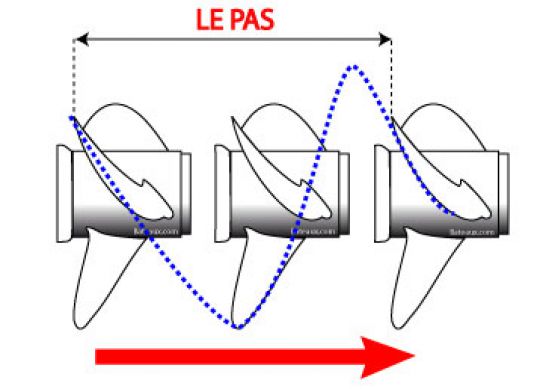
The step
The pitch corresponds to the theoretical distance covered by the propeller in one turn. Place your finger on the tip of a blade and rotate the propeller imagining that the boat is moving forward. Your finger will describe a spring spiral. Once you have completed a turn, you measure the distance your finger has travelled horizontally. This is the theoretical pitch, because in reality, the propeller slides on the water.
To know the real pitch, it is necessary to take into account the slip, that is a loss of output caused by the friction of the hull and the disturbances of the water flows. Thus, the real step is smaller than the theoretical step (real step = theoretical step - slip).
The longer the pitch, the faster the boat goes (with each turn of the propeller, it covers more distance). But it also requires more power to turn this propeller.
On the other hand, a short step causes a boat to take off quickly, but peaks in pure speed.
If the pitch of the propeller is not adapted to an engine, it will have difficulty reaching its maximum speed (not too long) or on the contrary will have a maximum speed too high (not too short). It is then necessary to change propeller for a suitable model.

The diameter
Also measured in inches, it represents the diameter of the circle drawn by the end of each blade and whose center is located at the hub of the propeller. Consequently, the larger the diameter, the larger the blade surface area and therefore the more power the boat needs to accelerate.
